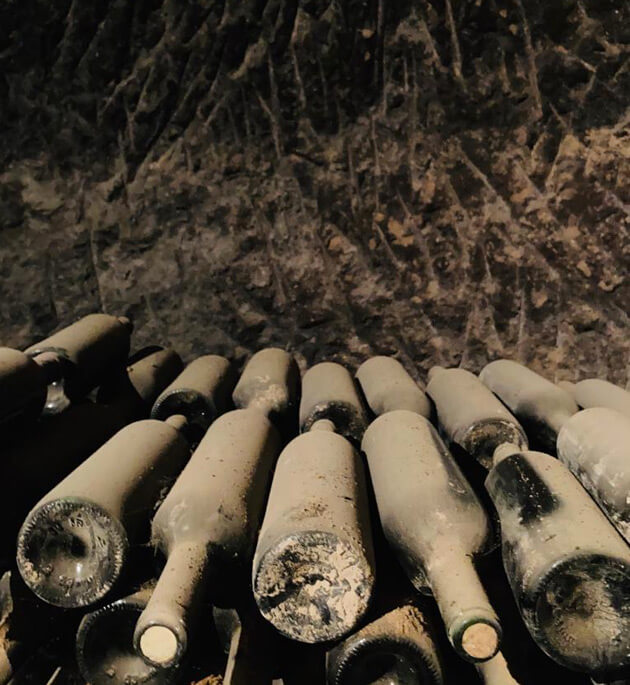Earliest
origins
The first written evidence of the existence of vineyards in Quel dates back to some documents on the arbitration of a dispute back in 1327 between the Council of Quel and the Chapter House of the Cathedral of Calahorra in relation to the construction of «a dam to supply the mills and irrigate the vineyards and other landed property in the district of Santamaría de la Cueva, adjacent to Autol», as Santiago Ibáñez Rodríguez includes in his article: ‘El tiempo que vio nacer al Rioja: historia de un vino y una región hasta 1899’, (The time that saw the birth of Rioja: the history of a wine and a region up to 1899) published in the collective work “La Rioja, sus viñas y su vino·” (Rioja its vineyards and its wine). (Government of La Rioja 2009)
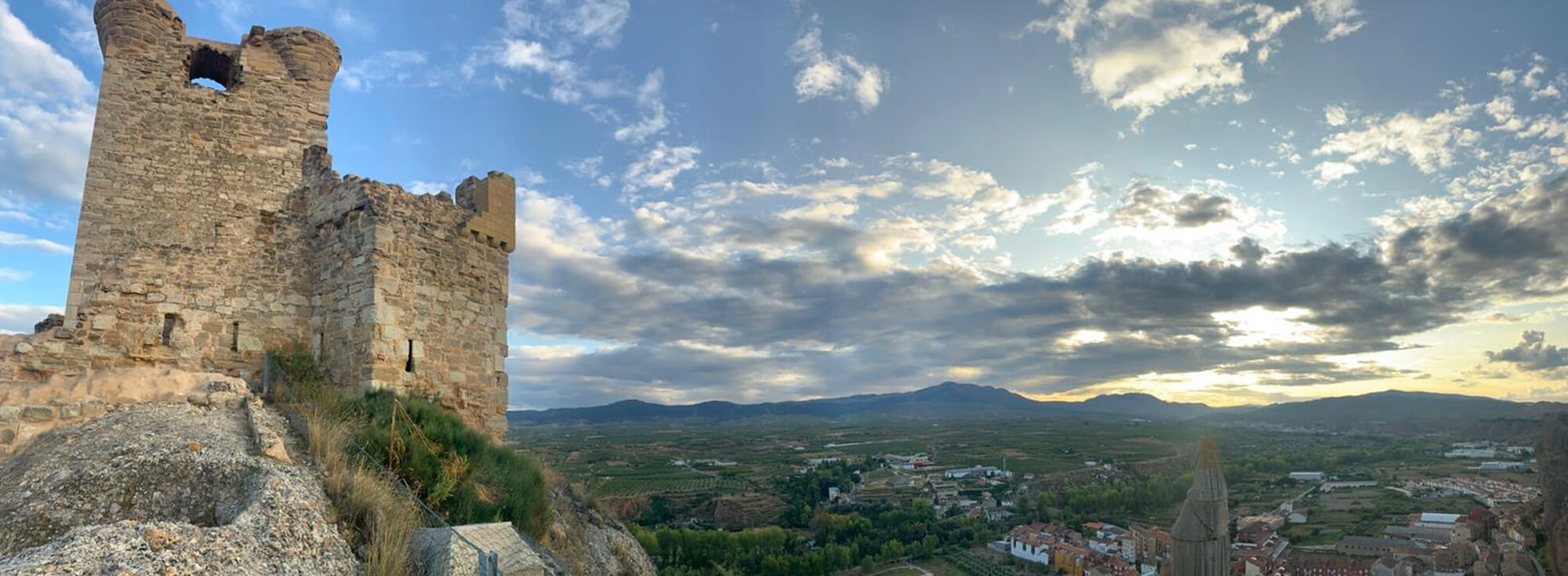
Francisco Javier Goicolea reports in the second chapter of the book ‘Quel histórico’ (Historical Quel), directed by José Luis Gómez Urdáñez, the ruling on another lawsuit in 1490. In this case the lord and the council of Quel opposed a resident of the municipality of Grávalos over the possession and use of certain municipal districts located in Quel and in its village of Ordoyo. The ruling, dated 14th August 1490, pronounced that the inhabitants of Grávalos could enter the municipal areas under dispute in order to graze their cattle, yet without damaging the land dedicated to grain crops and vineyards, and with no right to cut wood or knock down acorns with a stick in the hills in the municipal district of Ordoyo. They would also have to pay a fine of 10,000 maravedíes (old Spanish coin) to lord García Sánchez de Alfaro, for the damage caused and a further 4,000 maravedíes for the damage caused by demolishing one of his houses (ARCHV, RRE, 30-29).
Thanks to the early 16th century municipal documentation of Arnedo, it is possible to establish that Grávalos was one of the villages pertaining to the alfoz of this chartered town, together with El Villar, Tudelilla, Villarroya, Bergasa, Carbonera and Turruncún. The “alfoz” was the name used in the Iberian peninsula (Castilla, León and Portugal) during the Middle Ages to specify the geographical rural district that came under the council of a chartered town.
///CLICK HERE IF YOU’D LIKE TO FIND OUT MORE
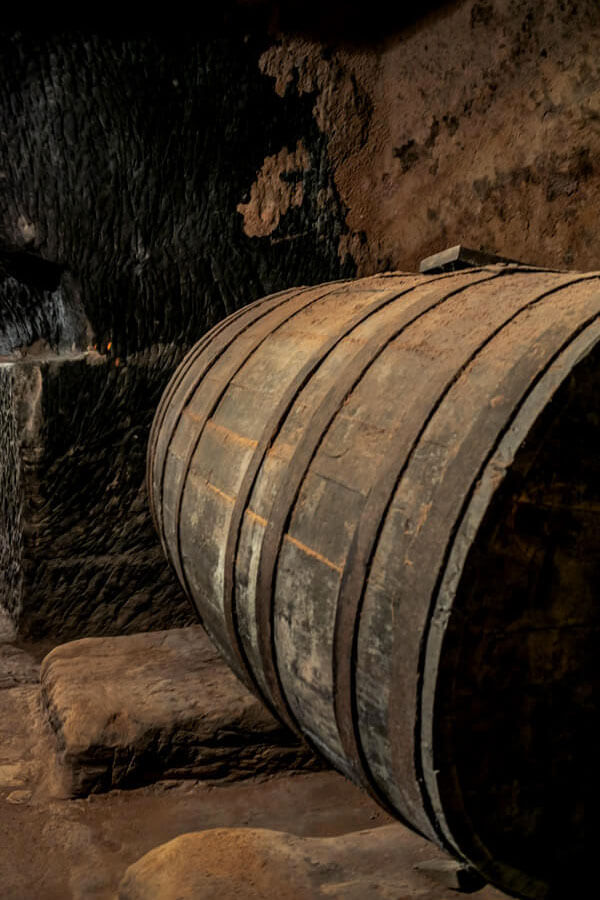
///history
Bodega quarter of Quel
A historical gem

///history
Viticulture in Quel
Earliest origins
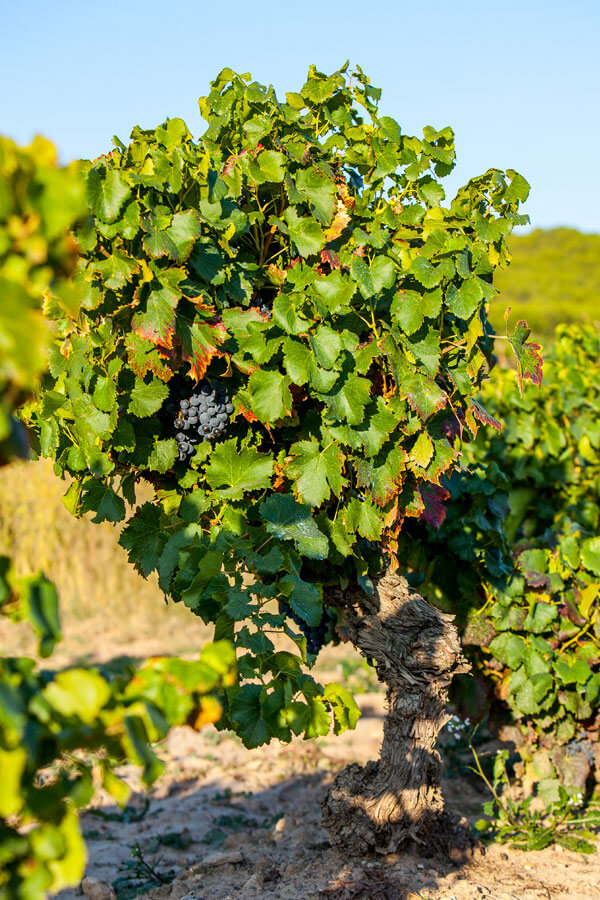
///history
Vine cultivation in Quel
The poorest soils for the vineyard
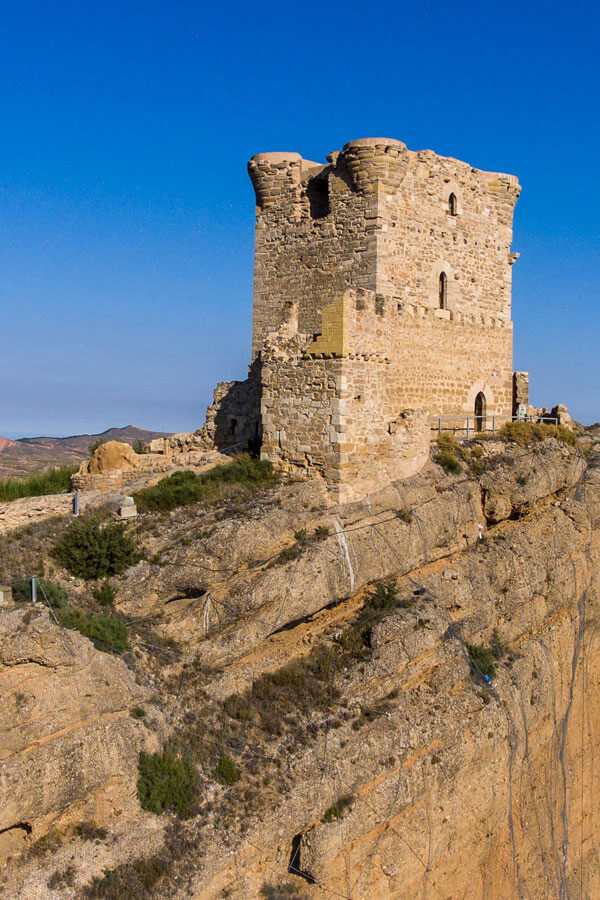
///history
Quel castle
A castle, a stone vat and a winery
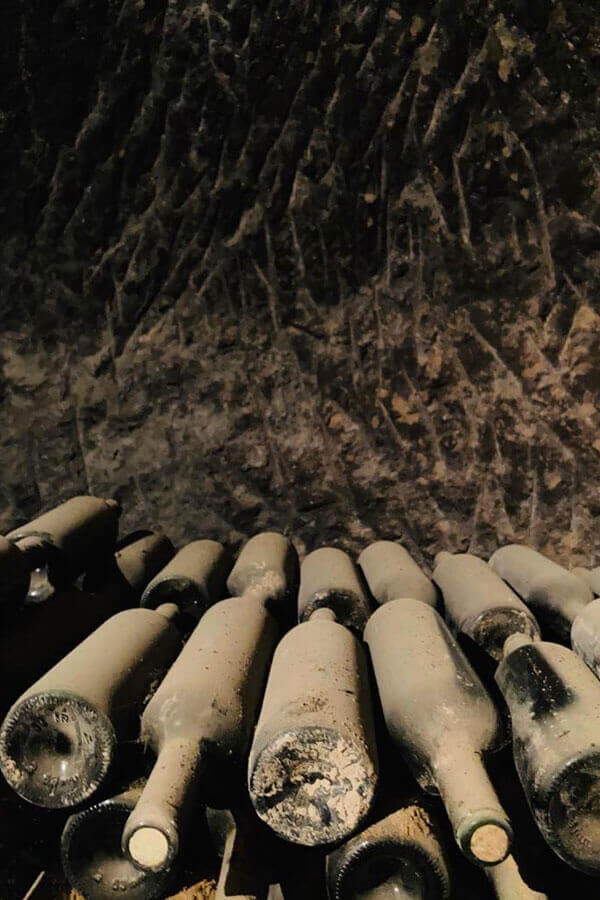
///history
Winery districts in La Rioja
Culture, history, heritage and wine

